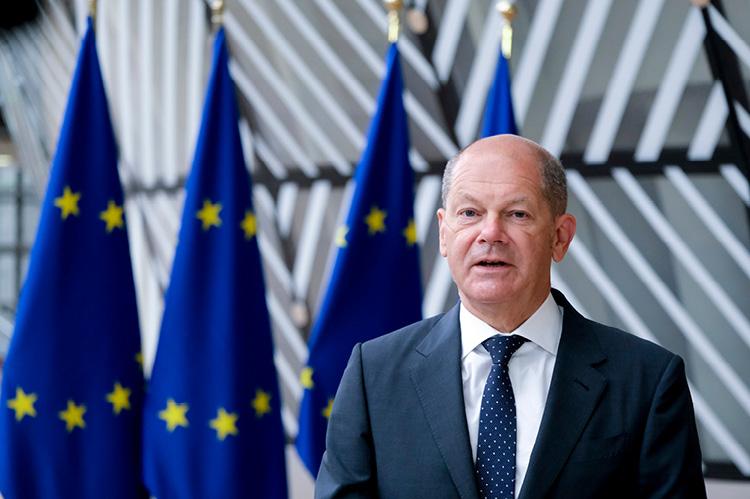Germany, Italy to Proceed with Hydrogen Pipeline Construction, Says Chancellor Olaf Scholz

German Chancellor Olaf Scholz on Thursday expressed satisfaction as Italy and Germany reached an agreement to forge ahead with the construction of a pipeline that would facilitate the transportation of gas and hydrogen between the two nations.
During a joint press conference with Italian Prime Minister Giorgia Meloni, Scholz emphasized the significance of enhanced cooperation in diversifying energy supply. He asserted that expanding European supply networks would benefit all parties involved and bolster energy security.
"I am pleased that we have agreed to press on with the work on a new natural gas and hydrogen pipeline between Italy and Germany," Scholz stated.
Last month, Italy, Germany, and Austria jointly signed a letter of support to back the development of a hydrogen-ready pipeline connecting North Africa and Europe. The initiative comes as European countries grapple with reduced energy exports from Russia.
The extensive 3,300-km (2,050-mile) project is led by four major European transmission system operators: Snam (SRG.MI), Trans Austria Gasleitung, Gas Connect Austria, and Bayernets in Germany.
The consortium responsible for building the infrastructure, known as SoutH2 Corridor, includes Sea Corridor, a collaboration between Snam and Italian energy group Eni (ENI.MI), which currently operates the gas pipelines connecting North Africa to Italy.
During the press conference, Meloni echoed the importance of diversifying energy sources and establishing interconnected infrastructures, particularly in the Mediterranean. She aspires to transform Italy into an energy hub linking Africa to northern Europe.
The technical details devised by the consortium indicate that the SoutH2 Corridor has the capacity to transport 4 million tonnes of green hydrogen per year, making it one of the three non-fossil fuel projects currently under evaluation by the European Union.

